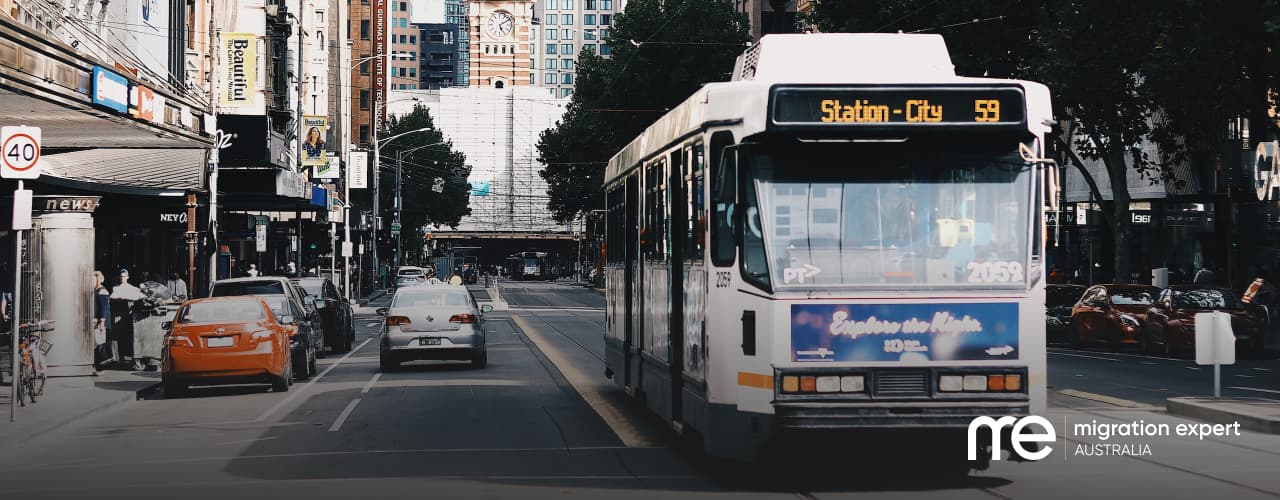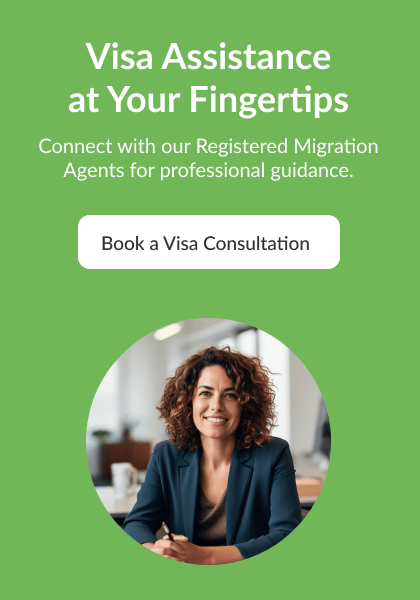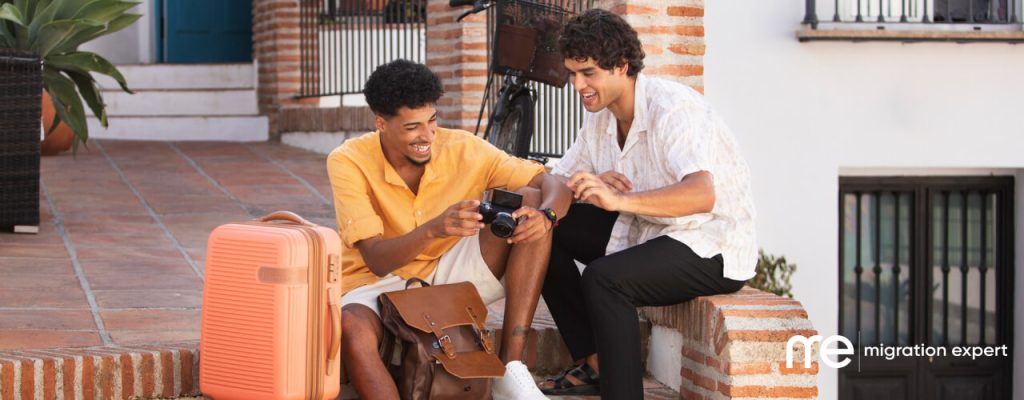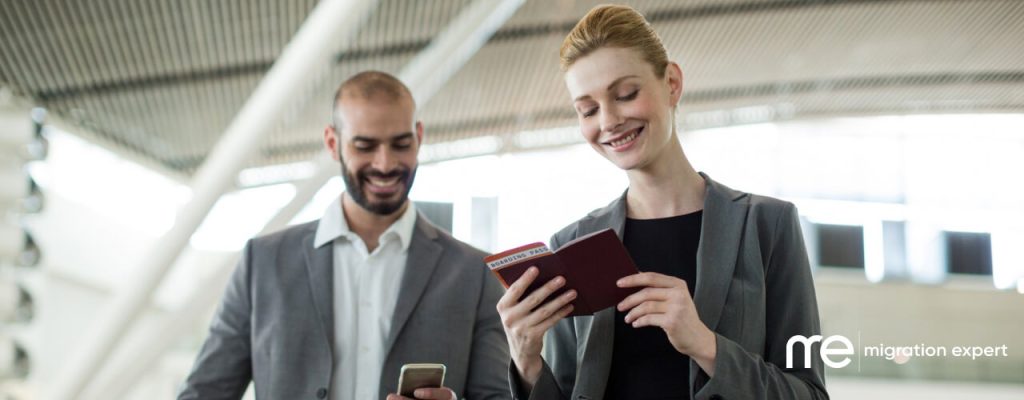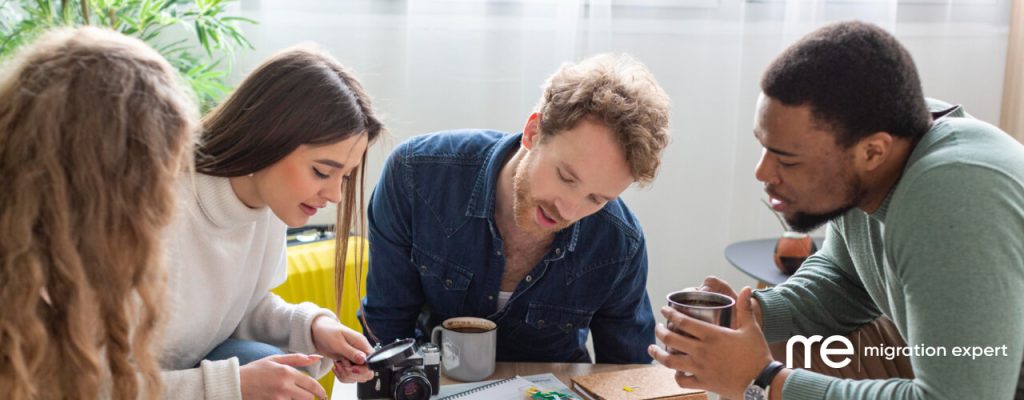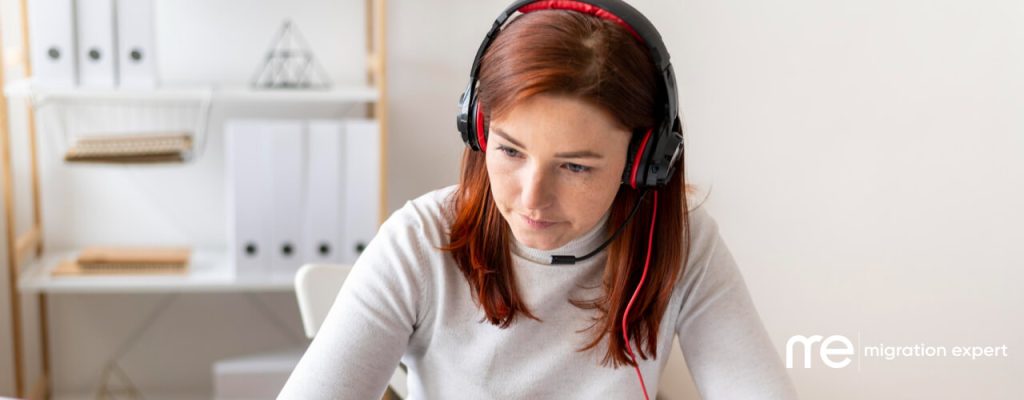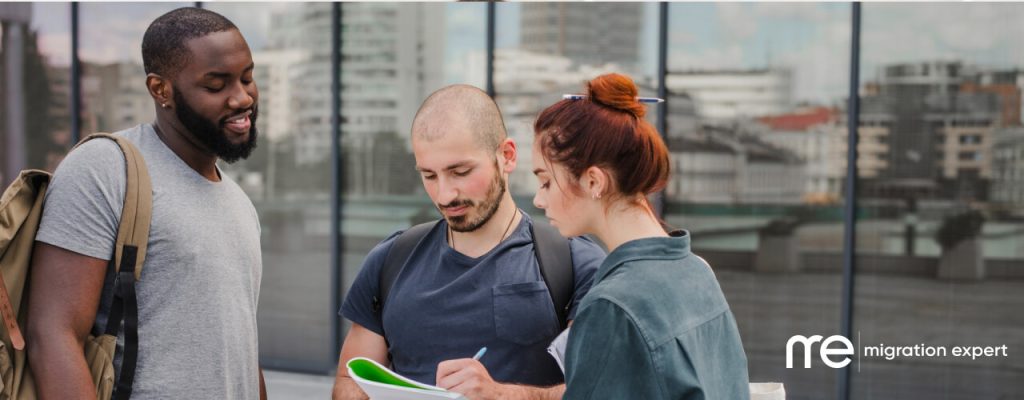One of the best ways of getting to know a new destination is by getting lost in it. But for a city like Melbourne, where the transport system is efficient and public spaces are safe, running around in circles may no longer be necessary.
There are several ways to get from one place to another. You can use handy apps such as Melbourne's PTV travel planner to help you find the easiest and fastest routes to all of the main attractions and events happening around the lively metropolis.
By commuting
Melbourne has an extensive public transportation system that covers the busiest streets and business hubs in the city. Before choosing which mode of transport to get on, you should first know about the Myki card.
Myki is a smart card that you can use to access the city’s trams, buses, and trains. Before getting on any public transport, you must buy some credit, or "top up" your Myki. The credit on your Myki covers your travel fare. When you get on the tram, bus, or to the train station, you need to 'touch-on' your Myki before you get on and 'touch-off' when you get off so that it can record your travel fare accurately.
Travel fares depend on which zone you are travelling. Zone 1 includes the business district and inner suburbs, while Zone 2 goes around the middle and outer suburbs.
Most hotels and accommodations can offer their guests a Myki Visitor Value Pack, which consists of a pre-loaded Myki card, discounts, and a protective souvenir wallet. It has enough Myki money for a day’s worth of travel around the city centre, and if you run out of credit, you can top up at train and bus stations, as well as in certain retail and convenience stores in the city.
It is worth noting that Myki Inspectors regularly board trains, trams and buses at random times to inspect Mykis.
If you are caught travelling without a Myki, or your Myki does not have enough credits at the start of your journey, you can be fined up to $75 on the spot.
Once you have a Myki, you can get on these mass transport vehicles:
- Trains
The metro trains traverse the outer suburbs, starting at Flinders Street Station, and loops around Melbourne's underground system. The "city loop" stations in the Central Business District are Southern Cross Station, Flagstaff, Melbourne Central, and Parliament.
Just look out for the blue signs to know which stops are within the CBD. If you plan on exploring the rest of Victoria, you can alight at Southern Cross Station, where interstate coaches and rural trains (such as the V-line) wait to take in passengers.
- Buses
- Trams
The buses go around the major hubs such as schools, shopping centres, hospitals, events venues, and tourist spots. It also links places that aren’t covered by trains and trams, as well as regional towns surrounding Melbourne.Melbourne’s tram network is the largest in the world and is an iconic part of the city. It travels the inner and middle suburbs, including the free zone in the city centre that lets you pass through without deducting any fare from your Myki. Take advantage of this free zone, as some of the city’s best attractions are within the area.
Like most public vehicles, trams and trains get particularly crowded during the morning and afternoon rush. It’s a good thing that Victoria provides free resources that can tell you about the current traffic situation and departure schedules of its transport lines.
Check out Public Transport Victoria to view timetables, get live updates, plan your journey, see transit maps, and download mobile apps that you can use in navigating around Melbourne.
You can also download Tram Tracker, a handy app which provides a live update of how many minutes you need to wait for the next tram to come along.
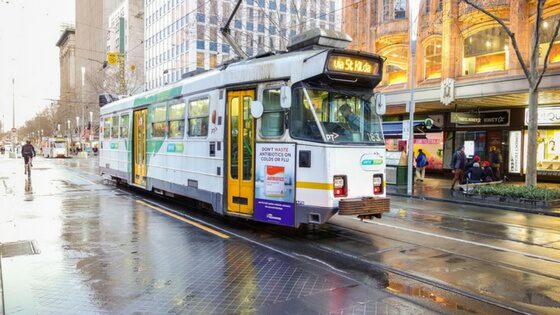
On foot
During the peak hours when the trams are packed, walking can be an ideal way to see and discover the shopping and dining places, as well as the attractions situated near each other.
Melbourne’s street layout, particularly in the city centre, is mostly grid-like so you won’t have a hard time figuring out which road leads where.
You can also plan your stops using a free copy of the city centre map, which is complete with descriptions of must-see spots and transport routes.
The city’s paths are flat and wide enough for pedestrians and cyclists to share. Many locals ride bikes for recreation and commute, so designated bike lanes and road-sharing laws are in place to make Melbourne walkable and bicycle-friendly.
On a visitor shuttle
If you want a guided tour with Wi-Fi connection and audio commentary, get on board a Melbourne Visitor Shuttle. It’s a bus that will take you to 13 of the city’s top attractions while narrating interesting trivia about those places.
It leaves every 30 minutes and runs a 90-minute full trip where you get to hop off at each destination so that you can enjoy the tourist spots, including the Melbourne Cricket Ground, Melbourne Aquarium, and the National Gallery of Victoria.
Learn more about the visitor shuttle’s ticket prices, schedules, and routes on the city’s official site.
Via a private vehicle
Getting around Melbourne in your own car is still a good idea despite the availability of efficient commuting options. If you’re in town for a while, you can opt for car rentals and taxis to allow yourself to move at your own pace and have full control over your itinerary. It also pays to have road passes in advance so that you can pass through tollways like CityLink and EastLink to cut the length of your journey when traffic gets congested.
Happy Travels!
Questions? Get in touch with us on Twitter @MigrationE_AU
Remember:
This post is for general informational purposes only and is not a substitute for professional immigration advice. Given the uniqueness of every case, engaging with a registered migration agent is highly recommended for bespoke guidance and to navigate the specific details of your situation effectively. Book a visa consultation with a Registered Migration Agent
Subscribe to our newsletter
Sign up to our weekly newsletter to get the latest news about all things visas & immigration.
